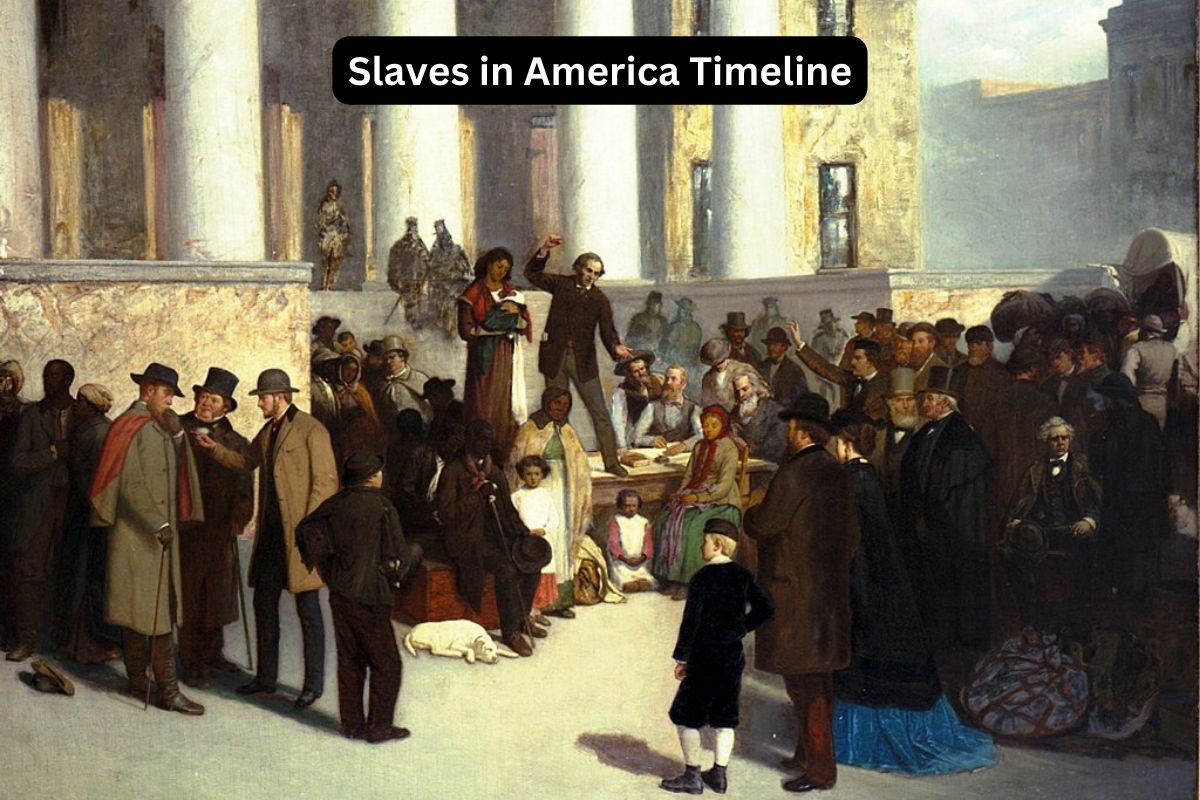Slavery in America represents a dark chapter in the nation’s history, spanning centuries and profoundly impacting the lives of millions of individuals.
From its inception with the arrival of enslaved Africans in 1619 to its abolition in 1865 with the ratification of the Thirteenth Amendment, the institution of slavery shaped the economic, social, and political landscape of the United States.
This timeline explores key events and developments related to slavery, from its origins to its eventual demise, shedding light on the struggles, resistance, and legal changes that defined this complex and deeply troubling period in American history.
| Year | Event |
|---|---|
| 1619 | The arrival of the first enslaved Africans in Virginia |
| 1662 | Birthright servitude |
| Late 1600s | Development of the slave codes |
| 1739 | Stono Rebellion |
| 1775-1783 | American Revolution |
| 1787 | The U.S. Constitution |
| 1808 | The international slave trade ends |
| 1820 | Missouri Compromise |
| 1831 | Nat Turner’s Rebellion |
| 1850 | Fugitive Slave Act |
| 1861-1865 | American Civil War |
| 1865 | Thirteenth Amendment |
| 1865-1877 | Reconstruction Era |
| Late 19th century | Jim Crow laws |
| 1954 | Brown v. Board of Education |
Timeline of Slaves in America
1619: The arrival of the first enslaved Africans in Virginia
In August 1619, a pivotal moment in American history occurred when a group of approximately 20 enslaved Africans arrived at Point Comfort, a port in the English colony of Virginia. These Africans were brought to the colony by a Dutch ship.
Their arrival marked the beginning of African slavery in what would later become the United States. Initially, their status was uncertain, and some of them may have been treated as indentured servants with the possibility of eventually gaining their freedom.
However, over time, the institution of slavery would take hold in the American colonies, leading to the forced labor and subjugation of countless African individuals and their descendants.
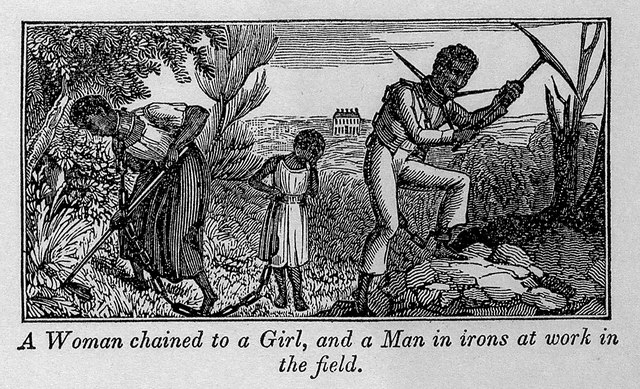
1662: Birthright servitude
In 1662, the Virginia House of Burgesses passed a significant law that had a lasting impact on the institution of slavery in the English colonies.
This law established the principle of “birthright servitude,” which meant that children born to enslaved women inherited their mother’s enslaved status. In other words, if a woman was enslaved, her children would also be considered slaves, regardless of the father’s status.
This legal precedent further solidified and perpetuated the institution of slavery, as it made it difficult for enslaved people to secure their freedom or for slaveholders to voluntarily manumit (free) their enslaved workers.
Late 1600s: Development of the slave codes
During the late 1600s, Southern colonies, particularly in the Chesapeake region (Virginia and Maryland) and the Carolinas, began implementing what became known as “slave codes.” These were a series of laws that systematically restricted the rights and freedoms of enslaved individuals.
The slave codes defined enslaved people as property rather than human beings and aimed to control their movements, behavior, and access to education. These codes also made it illegal for enslaved people to gather in groups, learn to read and write, or resist their enslavement.
The development of these slave codes laid the legal foundation for the brutal and oppressive system of slavery that persisted in the American South for centuries, shaping the lives of millions of African Americans.
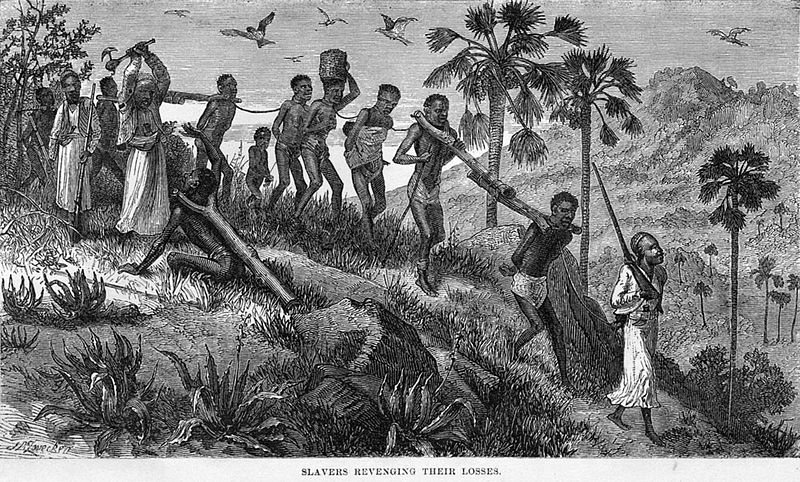
1739: Stono Rebellion
The Stono Rebellion, which occurred in South Carolina in 1739, is one of the earliest and largest slave uprisings in the American colonies. It was named after the Stono River, near the site where the rebellion began.
A group of approximately 20 enslaved Africans, mostly from the Kongo region, rose up against their white enslavers. They seized firearms and marched south toward Spanish Florida, where they believed they could find freedom under Spanish rule, which had a more lenient policy towards enslaved Africans.
Along the way, they killed several white settlers and raised a flag symbolizing their quest for liberty. However, the rebellion was eventually suppressed by local militias. Many of the rebelling Africans were killed, and those who were captured were brutally executed.
In the aftermath of the Stono Rebellion, South Carolina enacted even stricter slave codes, further restricting the rights and movement of enslaved individuals.
1775-1783: American Revolution
The American Revolution, which lasted from 1775 to 1783, was a period of intense political and social change in the American colonies. While the revolution was primarily fought over issues of colonial independence from British rule, it also brought to the forefront questions about liberty and freedom.
The revolutionary ideals of liberty and equality clashed with the reality of slavery, leading to debates and discussions about the contradiction of slavery in a nation striving for independence. Some enslaved individuals and free African Americans took part in the Revolutionary War, hoping that their service might lead to the end of slavery.
However, the revolution did not result in the immediate abolition of slavery, and in fact, many of the Founding Fathers were slaveholders themselves. Nevertheless, the American Revolution planted the seeds for future discussions about the abolition of slavery and civil rights for African Americans.
1787: The U.S. Constitution
In 1787, delegates from the American states convened in Philadelphia to draft the United States Constitution. This foundational document established the framework for the new nation. The Constitution addressed several key issues related to slavery:
- The Three-Fifths Compromise: To determine representation in Congress and direct taxation, enslaved individuals were counted as three-fifths of a person, reinforcing the idea of enslaved people as property.
- The Fugitive Slave Clause: Article IV, Section 2, Clause 3 of the Constitution required that enslaved individuals who escaped to free states be returned to their enslavers upon demand. This provision would later lead to the passage of the Fugitive Slave Act.
- The Importation Clause: The Constitution allowed the international slave trade to continue until 1808, after which Congress could ban it. In 1808, the United States officially prohibited the importation of enslaved Africans.
1808: The international slave trade ends
In 1808, the United States officially banned the international slave trade through the Act Prohibiting the Importation of Slaves. This legislation marked the end of the legal importation of enslaved Africans into the country.
However, it’s important to note that domestic slave trading within the United States continued. Enslaved people were forcibly relocated within the country, often sold and separated from their families.
1820: Missouri Compromise
The Missouri Compromise of 1820 was a significant legislative agreement that aimed to maintain a balance between free and slave states in the growing United States. Missouri sought admission to the Union as a slave state, which would upset the existing balance of 11 free states and 11 slave states.
To maintain this balance, Congress passed the Missouri Compromise, admitting Missouri as a slave state and Maine as a free state. Additionally, it established a line, known as the 36°30′ parallel, which would serve as a boundary for future slave and free states.
States north of this line were to be admitted as free states, while those to the south could allow slavery. The Missouri Compromise temporarily eased tensions over slavery but did not resolve the deeper issues.
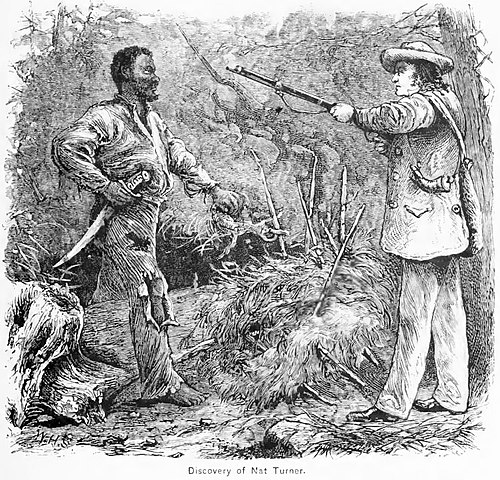
1831: Nat Turner’s Rebellion
Nat Turner’s Rebellion, also known as the Southampton Insurrection, was a violent slave revolt that occurred in Southampton County, Virginia, in August 1831. Nat Turner, an enslaved African American preacher, led a group of enslaved followers in a rebellion against white enslavers.
The revolt resulted in the deaths of around 55 to 65 white residents, and it led to a wave of panic and brutal retaliation by white militias and authorities. Turner and his fellow rebels were eventually captured, tried, and executed.
The rebellion had a profound impact on Southern society, leading to harsher slave codes and increased restrictions on enslaved individuals, as well as heightened fears of further uprisings.
1850: Fugitive Slave Act
The Fugitive Slave Act of 1850 was a component of the Compromise of 1850, a series of legislative measures aimed at addressing the issue of slavery and its expansion into new territories.
The Fugitive Slave Act required that escaped enslaved individuals, even if they had reached free states in the North, be captured and returned to their enslavers upon the enslaver’s claim and without a trial by jury.
This law was highly controversial and deeply resented in the North, as it essentially required free states to participate in the enforcement of slavery. It also led to conflicts and tensions between pro-slavery and anti-slavery individuals and communities. The Fugitive Slave Act further exacerbated the sectional divides that would eventually lead to the American Civil War.
1861-1865: American Civil War
The American Civil War was a devastating conflict fought from 1861 to 1865 between the Northern states (the Union) and the Southern states (the Confederacy).
While the primary cause of the war was the Southern states’ desire to preserve slavery and protect their economic and social system, it was also influenced by broader issues, including states’ rights and regional tensions.
The Emancipation Proclamation, issued by President Abraham Lincoln in 1863, declared enslaved people in Confederate-held territories to be free, effectively turning the Civil War into a war for the abolition of slavery. The Union’s victory in 1865 resulted in the end of slavery in the United States and the ratification of the Thirteenth Amendment.
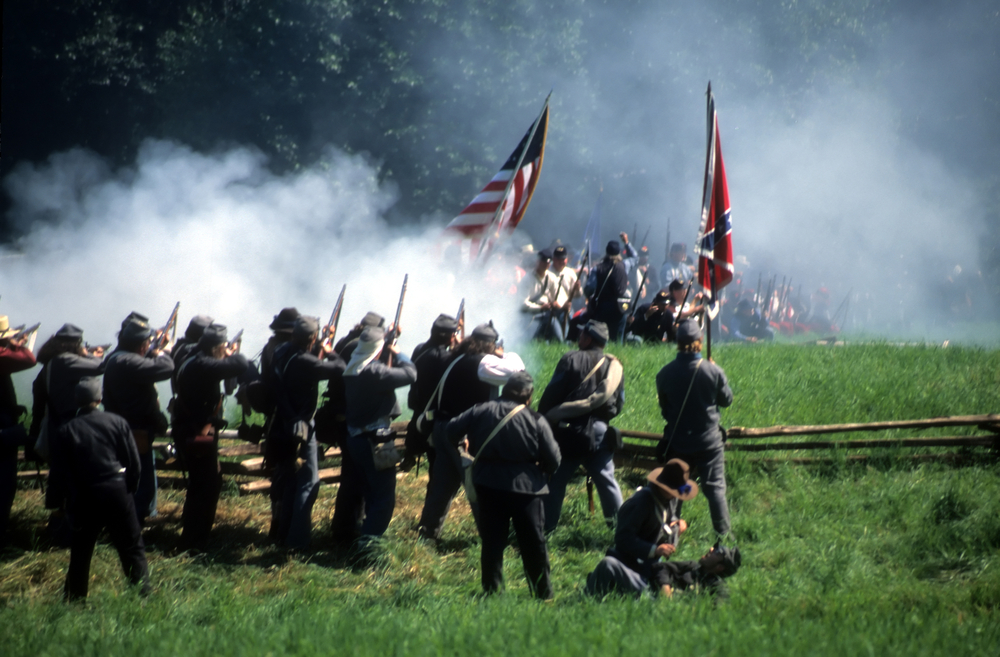
1865: Thirteenth Amendment
The Thirteenth Amendment to the United States Constitution was ratified on December 6, 1865, following the end of the Civil War. It is a crucial piece of legislation as it abolished slavery throughout the United States.
The amendment reads, “Neither slavery nor involuntary servitude, except as a punishment for crime whereof the party shall have been duly convicted, shall exist within the United States, or any place subject to their jurisdiction.”
This amendment marked a profound transformation in American society by legally ending the institution of slavery.
1865-1877: Reconstruction Era
The Reconstruction Era followed the Civil War and aimed to address the social, political, and economic reconstruction of the Southern states. It included efforts to provide civil rights to formerly enslaved people and to rebuild the war-torn South.
During this period, the United States passed the Fourteenth Amendment (1868), which granted equal protection under the law to all citizens, including African Americans, and the Fifteenth Amendment (1870), which protected the voting rights of African American men.
However, Reconstruction faced resistance from white supremacists and ultimately ended with the withdrawal of federal troops from the South, leading to the rise of Jim Crow laws and racial segregation.
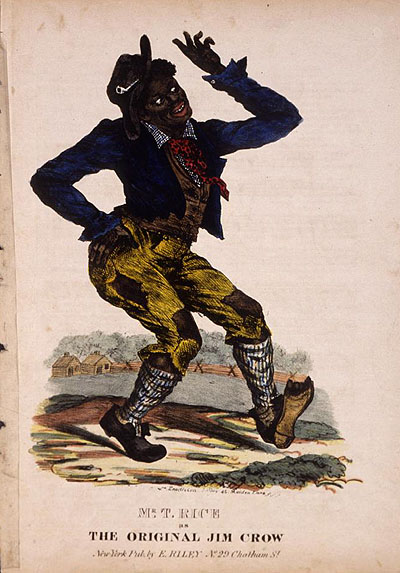
Late 19th century: Jim Crow laws
Following the end of Reconstruction, Southern states implemented a system of racial segregation and discrimination known as “Jim Crow.”
These laws and practices enforced racial segregation in public facilities, schools, transportation, and many other aspects of daily life. Jim Crow laws, backed by violence and intimidation, denied African Americans their civil rights and perpetuated racial inequality and discrimination.
This era of racial segregation and oppression persisted for several decades, until the Civil Rights Movement of the 1950s and 1960s sought to dismantle Jim Crow and secure equal rights for African Americans.
1954: Brown v. Board of Education
Brown v. Board of Education was a landmark Supreme Court case decided in 1954. The case challenged racial segregation in public schools, arguing that “separate but equal” facilities for Black and white students were inherently unequal and violated the Fourteenth Amendment’s equal protection clause.
In a unanimous decision, the Supreme Court ruled that state laws requiring racial segregation in public schools were unconstitutional.
This decision marked a critical turning point in the Civil Rights Movement and contributed to efforts to desegregate schools and public facilities across the United States. Brown v. Board of Education remains one of the most significant Supreme Court decisions in U.S. history in the fight for civil rights and the dismantling of institutional racism.
